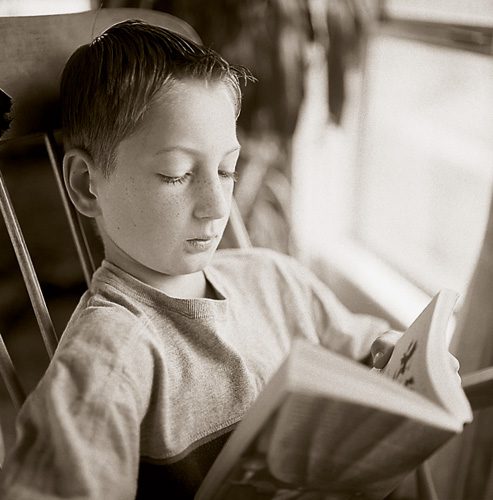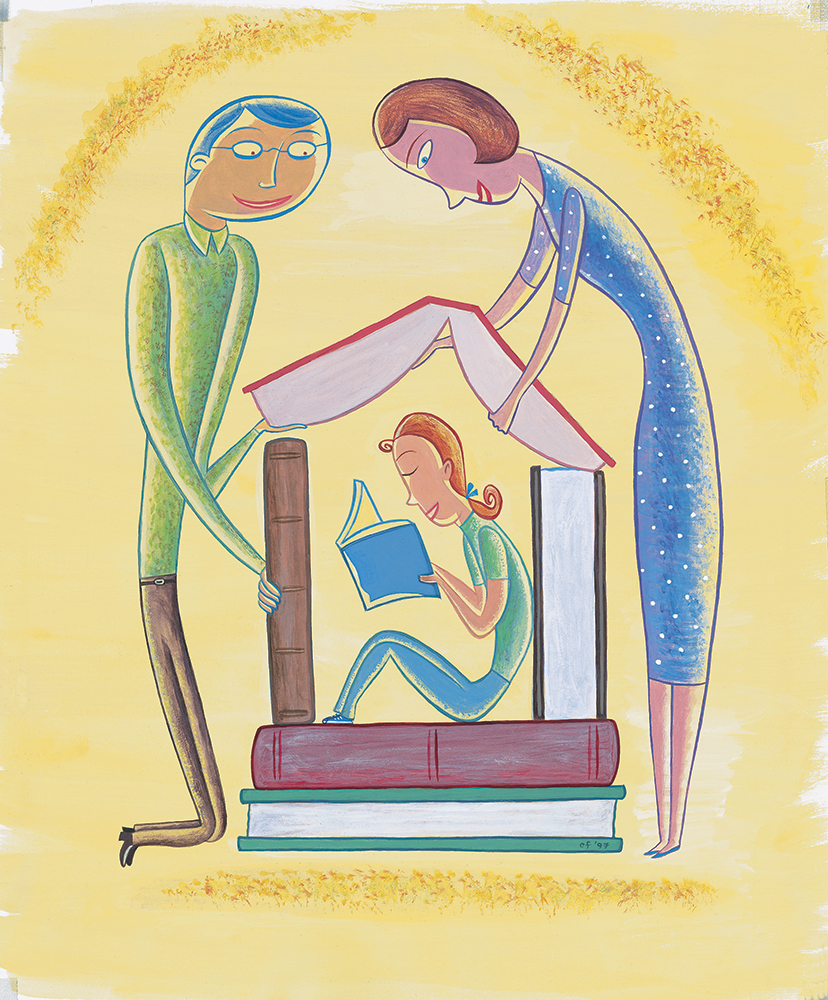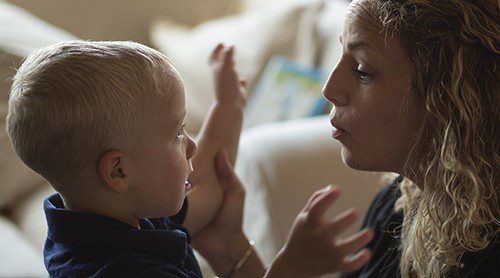A subtle tale can inspire young readers to think, feel, and grow.
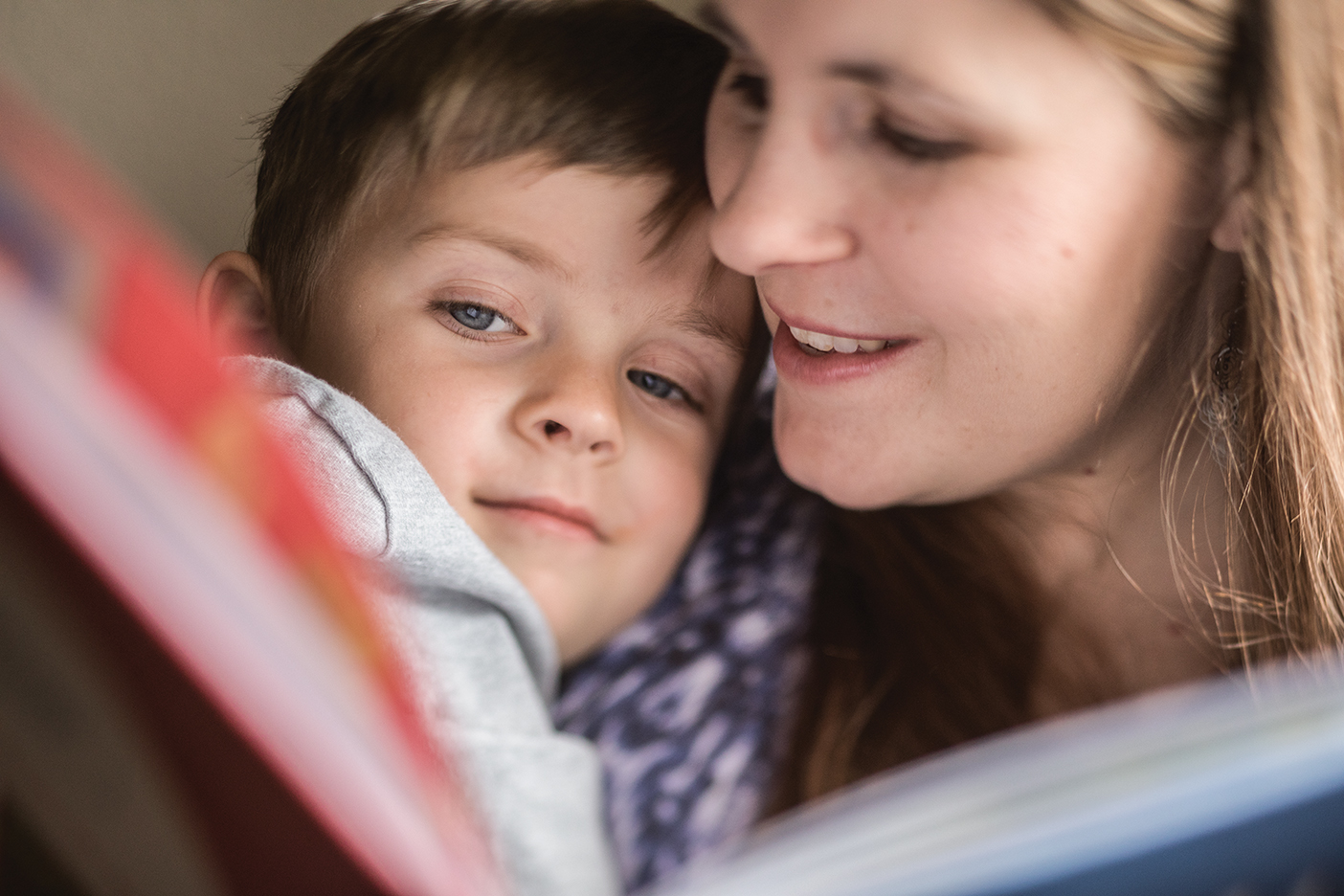
When Peter W. (BS ’05) and Jenne Erigero Alderks (BS ’05) read to their three young children, sometimes it’s just for fun, and sometimes it’s with life lessons in mind. Each child’s bedroom has a shelf for his or her favorite books, and in the family living area is a special “Sunday Shelf” stocked with picture books that teach about character, values, and faith.
“Most values are more abstract than concrete, so picture books have the power to evoke images of ideas that can show children what those ideas look like in the world around them,” says Jenne. “The books help them imagine what it looks like when they practice those values and recognize those values when practiced by others around them.”
Melissa Conklin Heath (BS ’75), a BYU professor of school psychology, agrees. She is surprised anyone thinks a counselor could just sit and talk with a child and expect change. “You have to do an activity, and you need a good book for that,” says Heath. “Kids will remember anything if you have a story to go along with what you want to teach.”
The power of stories lies in the emotions they elicit, says Heath. Facts don’t drive people to think differently and change their behavior—but emotions can. Good stories evoke strong emotions, which in turn can trigger change. “Children emotionally connect with and remember a story. A good story has the potential to change the way a child thinks, feels, and behaves,” says Heath.
Heath and graduate student Kathryn G. Smith (BS ’10) have harnessed the power of picture books to teach social and emotional skills to young students at two Utah County elementary schools. Their program focuses on teaching core social and emotional competencies children need for healthy development, reading with purpose, and reinforcing principles from the books with post-reading activities—all things parents can also do at home.
Read for Competency
Picture books can be a powerful support for teachers and parents as they teach competencies and skills. “Merely telling a child to think of another’s needs or to be kind doesn’t have the emotional and inspiring power of a good story,” says Heath.
Heath and Smith base their reading program on a model that defines social and emotional learning as acquiring and effectively applying the knowledge, attitudes, and skills necessary to understand and manage emotions, set and achieve positive goals, feel and show empathy for others, establish and maintain positive relationships, and make responsible decisions.
Students who develop competence in these areas show more positive social behavior and have fewer conduct problems in school, less emotional distress, and better academic performance, says Heath. Their program homes in on these five crucial competencies.
1. Social Awareness. Good books can give children the feeling of walking in another’s shoes—understanding perspectives other than their own. Children who have this competency show respect regardless of differing opinions, even when they disagree with them, and they’re more likely to grow up to volunteer in their communities. Heath recommends books like One Smile by Cindy McKinley, The Three Questions by Jon J. Muth, and Do unto Otters by Laurie Keller.
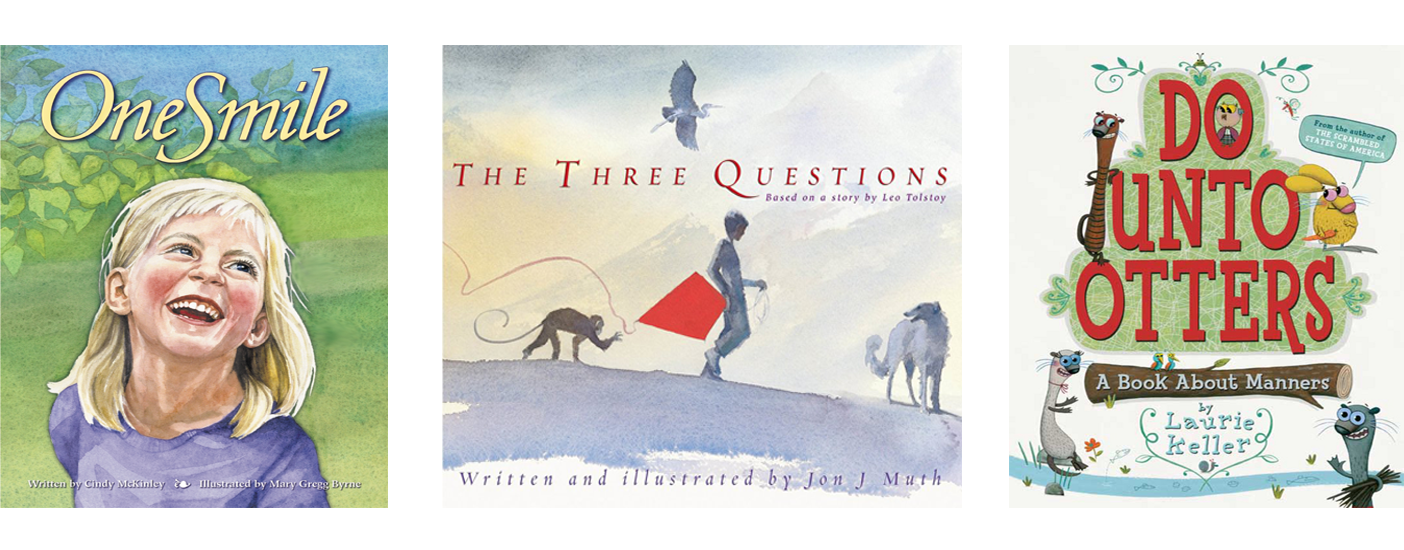
2. Responsible Decision Making. Books also tell stories about making decisions and understanding consequences. As children learn to carefully consider potential outcomes of their decisions and accept responsibility, they’re more likely to know their own minds and resist peer pressure, says Heath. Try The Enchanted Wood by Ruth Sanderson, Three Bears in a Boat by David Soman, and If I Only Had a Green Nose by Max Lucado.
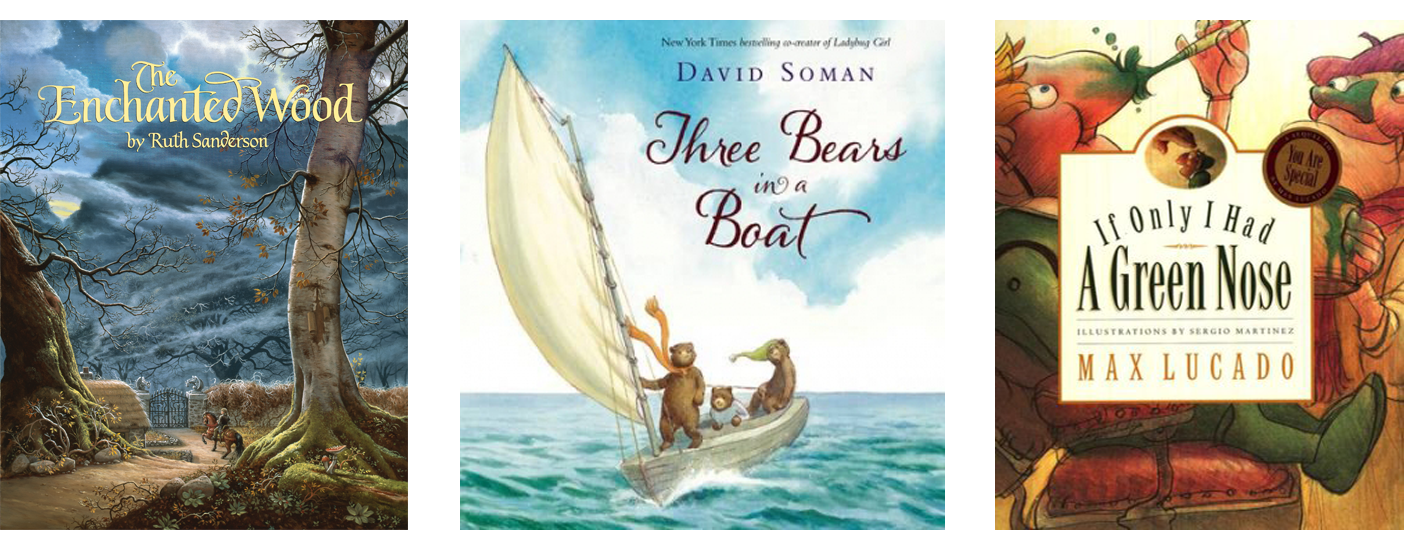
3. Relationship Skills. Helping students learn to engage in positive interactions and form friendships can have a lasting impact. As they learn to work with others, compromise, and show appreciation, they’ll be better able to form enduring relationships. See The Day the Crayons Quit by Drew Daywalt, The Invisible Boy by Trudy Ludwig, and The Blessings Jar by Colleen Coble.
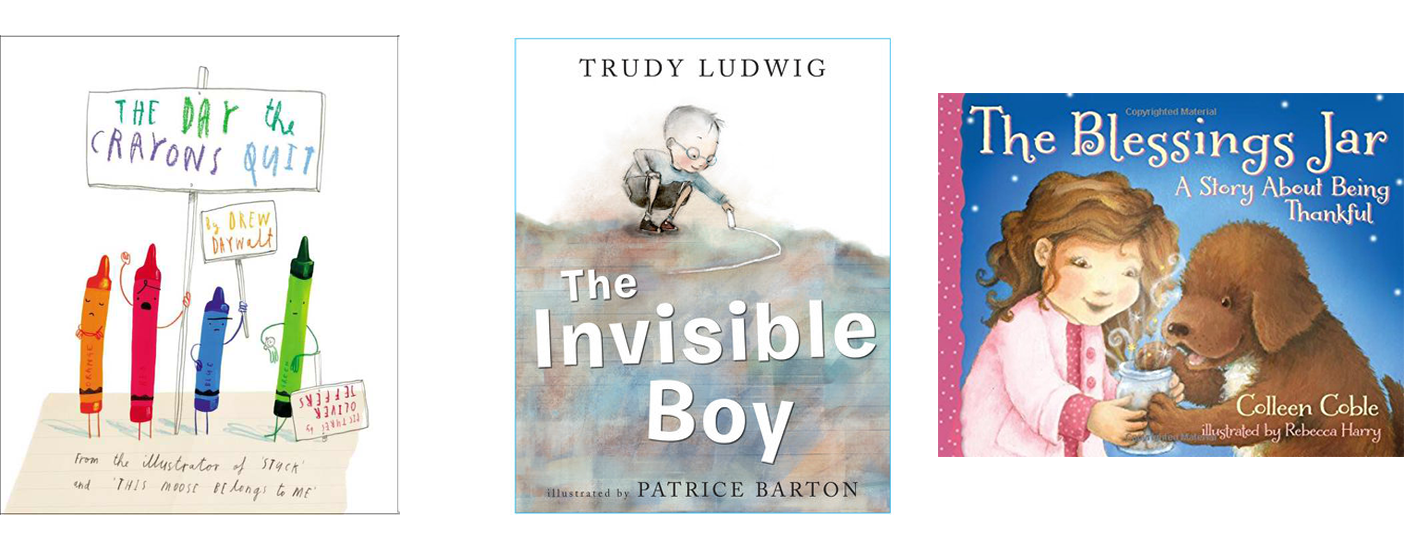
4. Self-Management. It’s not easy for children to control and manage their thoughts, feelings, and behaviors, says Heath. They’re new at dealing with a human body and have young, developing brains. Helping them self-manage includes teaching them to wait, to not interrupt, and to follow instructions. Check out Interrupting Chicken by David Ezra Stein, Lacey Walker, Nonstop Talker by Christianne C. Jones, and Leo the Late Bloomer by Robert Kraus.
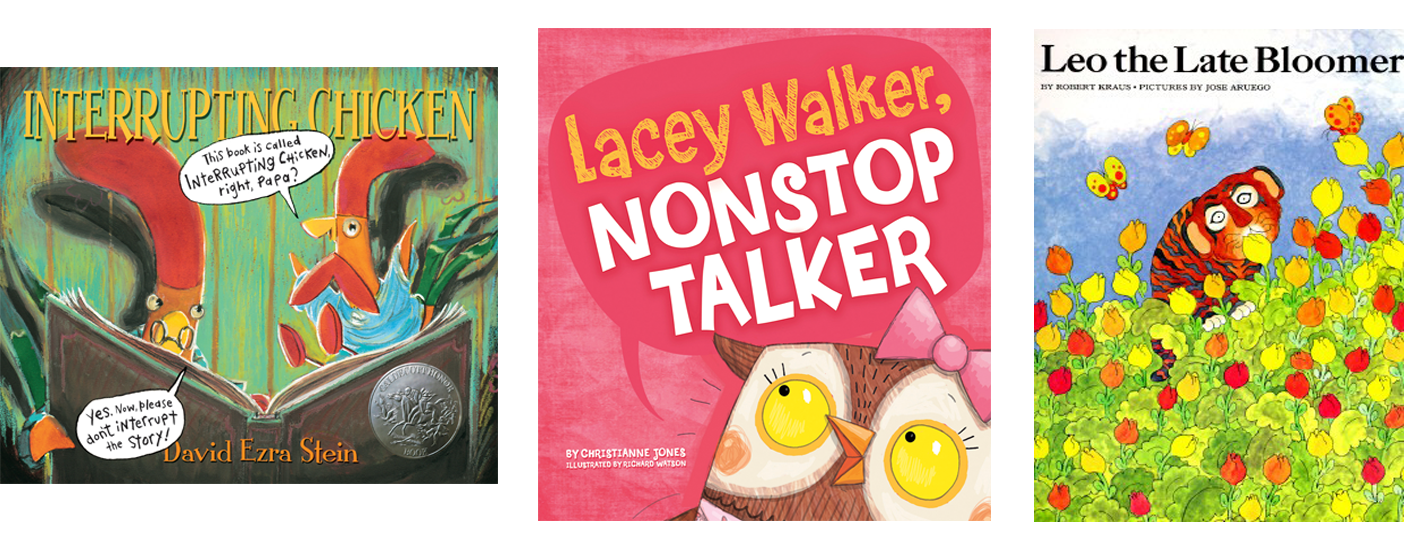
5. Self-Awareness.Young children struggle to observe their own thoughts and identify their emotions. As adults help children make the connection between these internal signals and their behavior, children can learn resilience and optimism. Relevant titles include Gandhi: A March to the Sea by Alice B. McGinty, Galimoto by Karen Lynn Williams, and Something Beautiful by Sharon Dennis Wyeth.
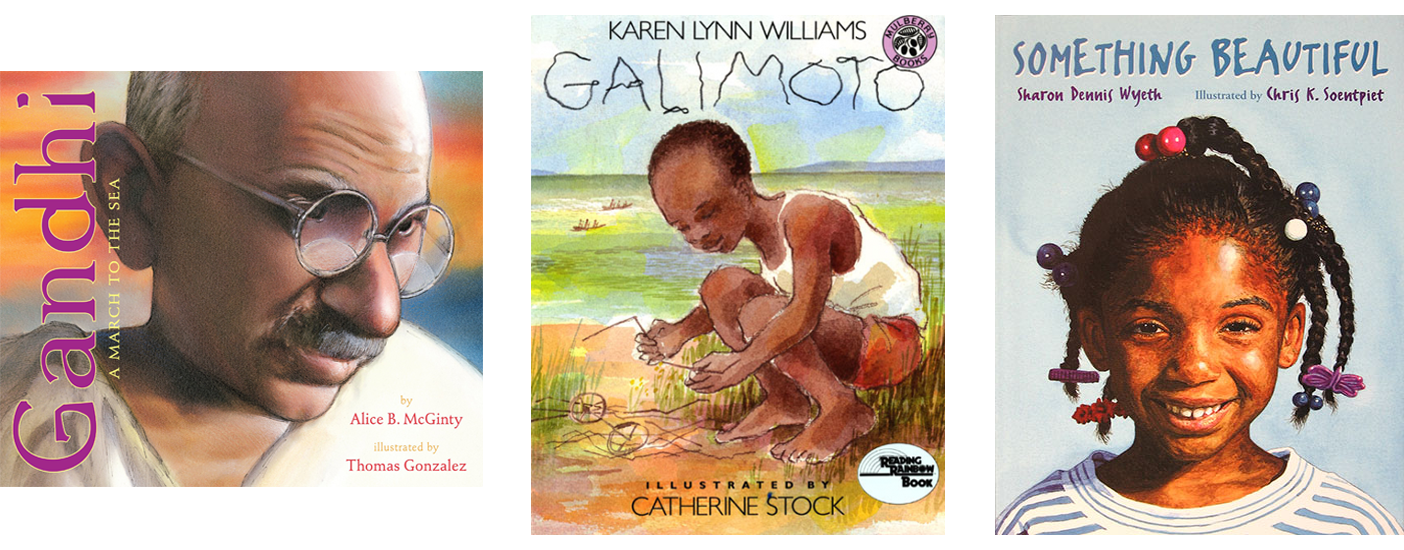
Read Rich
Heath and Smith suggest parents take some time to select books with involving story lines and illustrations rich with meaning. Older kids can smell overt moral lessons a mile away and tend to tune them out. Subtler, richer stories are stickier. For example, if you want to teach about bullying, titles that include the word bully are likely too on-the-nose for effective teaching.
Once you’ve settled down with your child to read, look at the cover together, suggests Heath. Does the title foretell anything about the story—or not? What does the cover illustration convey? As you get him thinking, he begins to enter the world of the story and can better identify with its characters and what they can teach him.
When Jenne Alderks reads to her children, she stops often to ask clarifying questions or stimulate conversation. “As we read, we discuss themes and how they relate to the scriptures, other literary works, and personal experiences. I started doing this with young toddlers, and it becomes more sophisticated as they get older,” she says.
Reinforce
To underscore the social and emotional lessons in a book, Heath and Smith recommend engaging in an activity after closing the cover. After reading The Giving Tree (by Shel Silverstein), for example, children might act on the theme of gratitude by writing thank-you notes to grandparents, teachers, or military men and women.
One of Heath’s psychology students met weekly with several boys who often disrupted classrooms with rowdiness and impulsive behavior. One day she read Have You Filled a Bucket Today? by Carol McCloud to them and challenged them to find ways to fill others’ buckets. The boys took to the idea immediately. A few weeks later when the student arrived at school, one of the boys ran up and said, “Ms. Jones, you fill my bucket!”
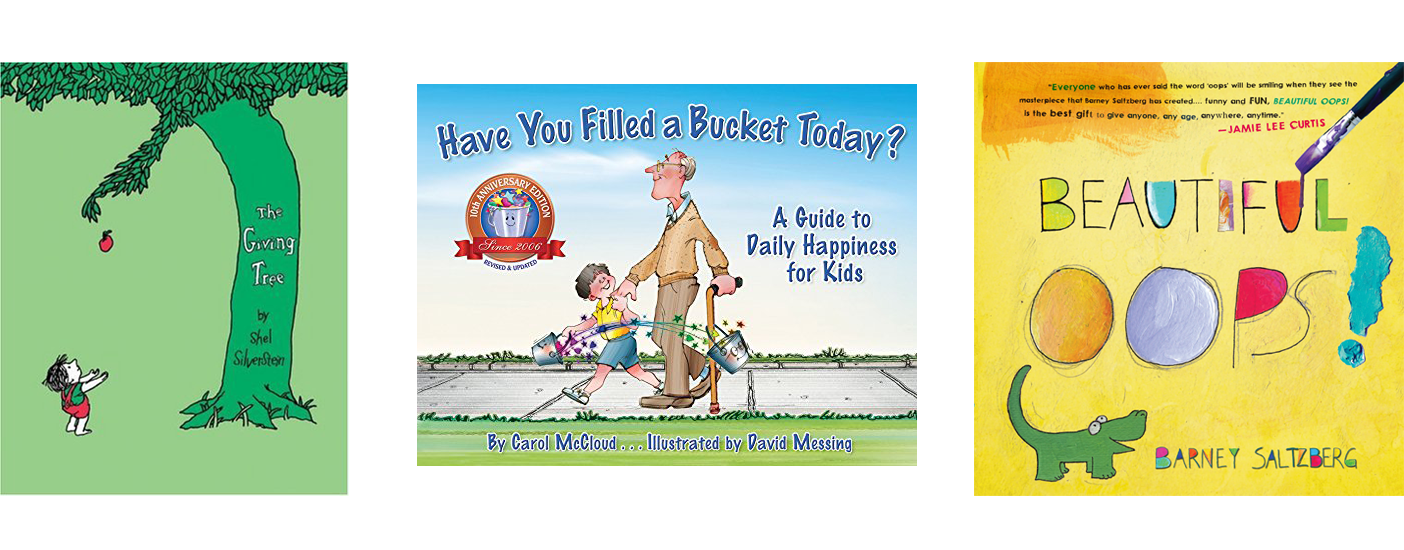
Outside the classroom, parents can create a challenge or activity using a picture book as the catalyst. For instance, says Heath, if parents want to teach their children about growing from mistakes, they might read Beautiful Oops by Barney Saltzberg, then have each child doodle for a minute or two. Family members can then exchange papers and color each other’s “oops” in a pleasing way. As they share the creations, parents can observe how it’s possible for any of us to make our oopses beautiful.
“You could post oops art on the fridge to remind your child that mistakes happen and they’re not the end of the world. In fact, we can learn from our mistakes and turn them into something good,” says Heath. “Activities like this can be powerful teachers, and the lessons will last.”
Realize the Benefits
Smith says many studies show that teaching children social and emotional skills helps them not only build character but also improve academically. “We see significant gains in standardized tests if the social-emotional dimension is included in teaching and not just the academic,” says Smith.
As valuable as academic success is, Heath points out that the social-emotional skills are what truly add to people’s lifelong happiness: “They make you a better friend, a better husband, a better coworker, a better parent—a better person.”
How to Read to Kids
You don’t have to be a trained actor to be an effective story reader for children. School-psychology professor Melissa Conklin Heath (BS ’75) says you can step up your reading game with a few pointers. With the drama raised a few notches, your children are more likely to engage in a story and soak up its life lessons.
Read through the book on your own first. Choose places to slow down or insert dramatic pauses.Vary characters’ voices by changing your pitch or inflection.Incorporate quirky sound effects. Kids love humor.Be cautious about interrupting the flow with teaching moments—save those for after the story or for subsequent readings.Take your time. Let children linger on illustrations or words they especially like.










